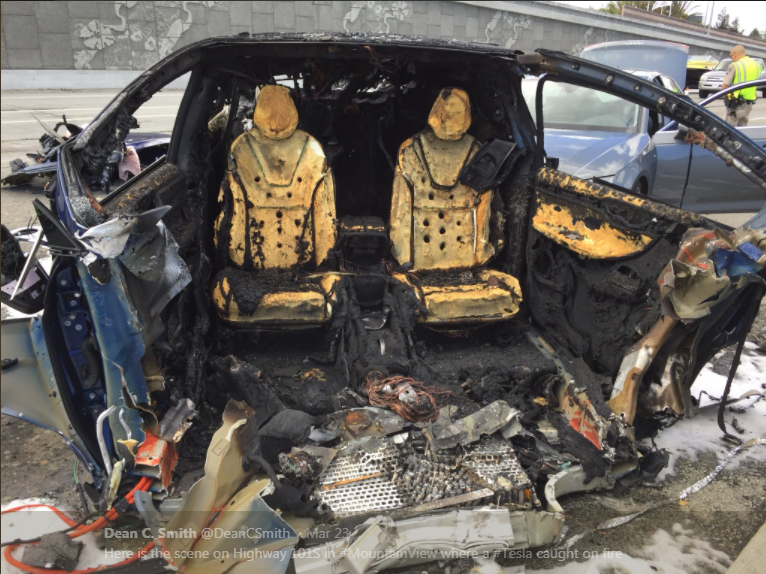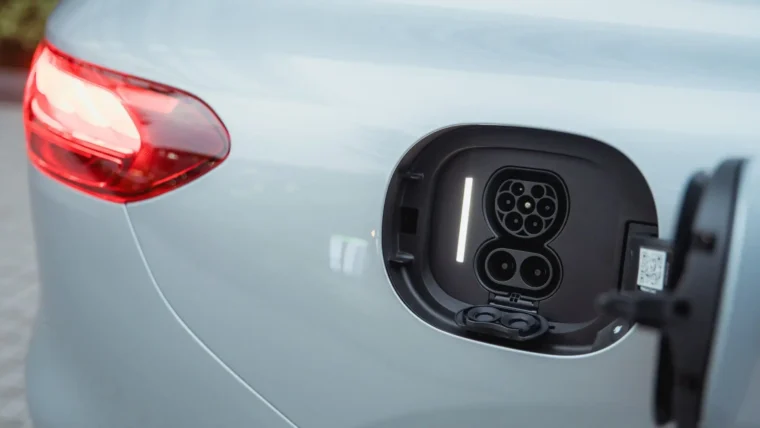In a crash last week in Mountain View, California, driver Walter Huang was killed. He was driving a Tesla Model X at the time and Tesla has confirmed in a blog post that during that moment, its autopilot feature was turned on.
“In the moments before the collision, which occurred at 9:27 a.m. on Friday, March 23rd, Autopilot was engaged with the adaptive cruise control follow-distance set to minimum. The driver had received several visual and one audible hands-on warning earlier in the drive and the driver’s hands were not detected on the wheel for six seconds prior to the collision. The driver had about five seconds and 150 meters of unobstructed view of the concrete divider with the crushed crash attenuator, but the vehicle logs show that no action was taken,” said Tesla in their blog post.
The investigation into the fatal #Tesla crash continued today with the #CHP & #NTSB digging through the scorched EV ? https://t.co/rfdgY88bn7 pic.twitter.com/vd2YzFmAZ0
— Dean C. Smith (@DeanCSmith) 29 March 2018
The reason why the crash was so severe was that the highway crash attenuator which was built to reduce the impact of the crash was already crumpled due to an earlier crash. It was not replaced and hence when the Model X crashed into the divider, the damage was so severe that it caused a fire.
We have never seen this level of damage to a Model X in any other crash – Tesla
The family of the deceased driver said that Huang complained to Tesla about his car’s autopilot feature in a recent maintenance check at the service centre. Tesla stated that in their investigation, there wasn’t anything in the logs nor maintenance record that this was brought up.
Since an earlier accident which claimed another driver, Tesla has been notifying and constantly reminding their customers and the public that the autopilot system is a driver-assistance system and not one that fully functions on its own. Building in plenty of warning systems, Tesla has tried hard and hard to ensure the safety of their customers.
Other posts by Mark Leo







